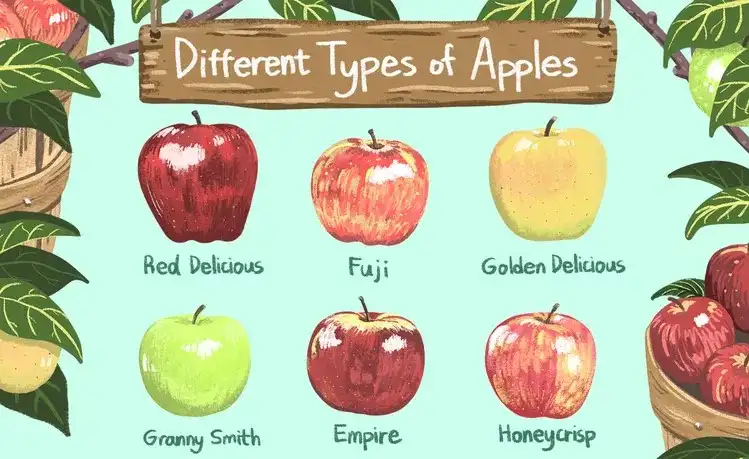Next time you bite into a crisp apple, consider this the name on the sticker has a backstory. From marketing decisions to happy accidents, many of today’s best-known apple varieties carry names rooted in fascinating history. Whether you’re shopping by taste, price, or curiosity, understanding the names behind the apples can make that choice a bit juicier.
Origins, Experiments, and Branding
The apples you see in the produce aisle today are the result of generations of cultivation, careful breeding, and sometimes clever naming strategies. Here’s how some of the most common types of apples earned their names.
Red Delicious
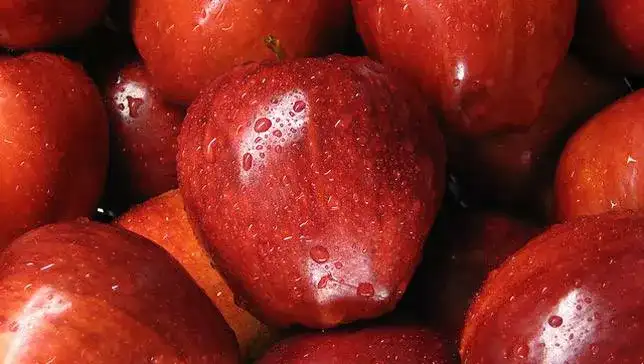
This classic supermarket apple started life on an Iowa farm in the late 1800s, where it was originally called the Hawkeye by its grower, Jesse Hiatt. When Hiatt entered the apple into a Stark Nurseries competition, it won and Stark bought the rights, renaming it Stark Delicious. The “Red” part was later added to distinguish it from a different variety: Golden Delicious.
Over time, growers prioritized appearance over flavor, deepening the red hue at the expense of taste. Once the most popular apple in America, Red Delicious has seen a decline, with some speculating it may follow older varieties like the Ben Davis into obscurity.
Fuji
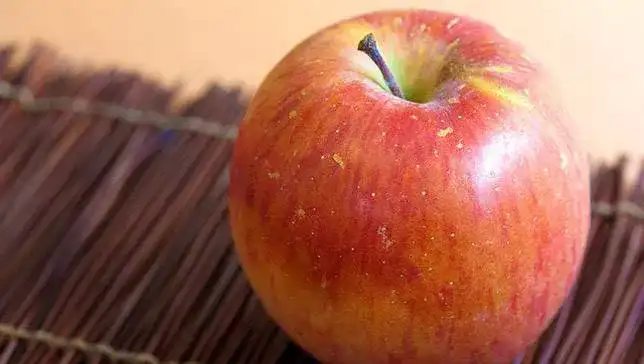
Despite its popularity in the U.S., the Fuji apple is an international hybrid. Developed in Japan in the 1960s, it’s a cross between the American Red Delicious and Ralls Janet apples. Named after the town of Fujisaki located in a prime apple-growing region Fuji apples arrived in the U.S. in the 1980s and quickly gained popularity.
They’re smaller than Red Delicious, extra sweet, and hold their shape well, making them great for baking as well as snacking.
Golden Delicious
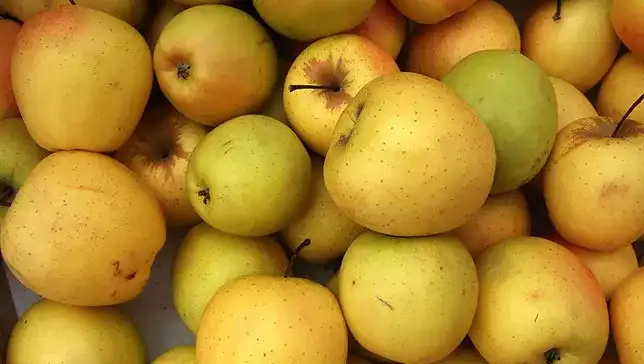
Not a cousin to the Red Delicious, despite the name. The Golden Delicious apple got its golden name from its pale yellow skin. First found on the Mullins family farm in West Virginia in the 1890s, it was originally called Mullins’ Yellow Seedling until Stark Nurseries acquired the rights and rebranded it.
Golden Delicious apples are versatile equally good for eating raw, baking, and slicing into salads and have been honored as the official state fruit of West Virginia.
Granny Smith
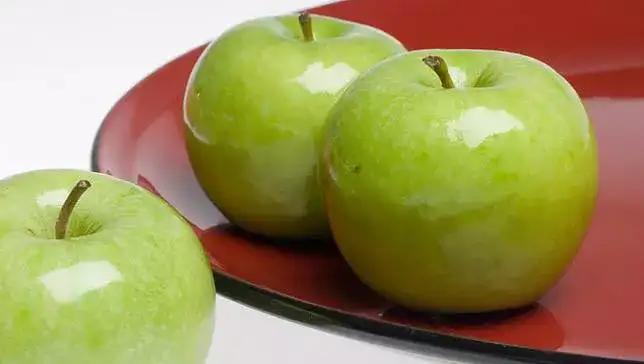
Sometimes discoveries happen by accident. The Granny Smith apple was found by Maria Ann Smith in 1868 in New South Wales, Australia. She reportedly found the tree growing in her compost pile and began cultivating it.
Known for their green skin and tart flavor, Granny Smith apples are now globally popular great for snacking and prized in baking for their firmness and zing.
Empire
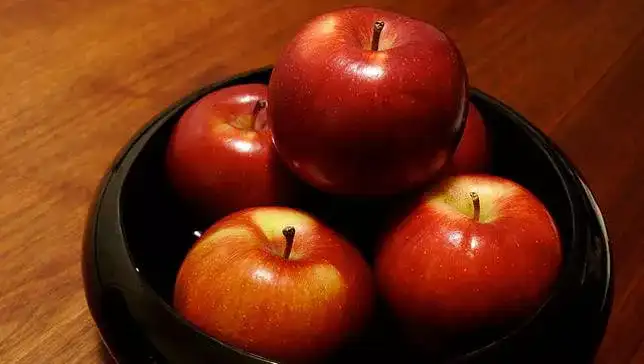
Developed in 1966 at Cornell University’s Agricultural Experiment Station, Empire apples are a cross between Red Delicious and McIntosh. Their name pays tribute to the apple’s home state New York, the Empire State.
With a balanced sweet-tart profile, Empire apples are an all-purpose favorite that perform well in lunchboxes, pies, and everything in between.
Honeycrisp
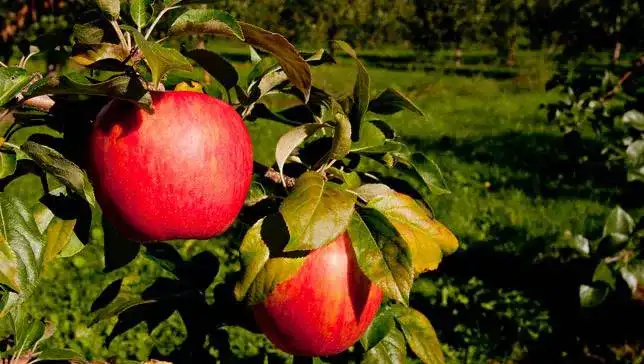
Launched in the 1990s after being bred by researchers at the University of Minnesota in the 1960s, the Honeycrisp apple lives up to its name. A cross between a Macoun and Honeygold, this variety is beloved for its explosive crunch and naturally sweet flavor.
Often priced higher than other apples, Honeycrisp has built a reputation as a premium choice and most fans agree it’s worth every cent.
The Apple Orchard Is Vast
While these varieties dominate store shelves, they represent just a small sample of the apple universe. Many more types from McIntosh to Pink Lady to Braeburn are waiting to be explored, each with its own story and flavor profile.
- McIntosh: Discovered in Canada in the 1800s and known for its tender flesh and tart flavor.
- Jonagold: A blend of Jonathan and Golden Delicious, sweet with a hint of spice.
- Rome Beauty: Ideal for baking due to its ability to hold shape and mild taste.
So next time you pick up an apple, don’t just go for what’s on sale consider the story behind the name. After all, every apple has a history, and sometimes, that story makes the snack even sweeter.
